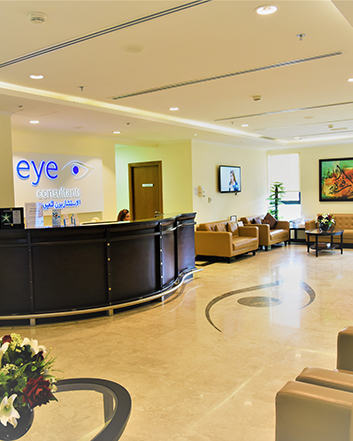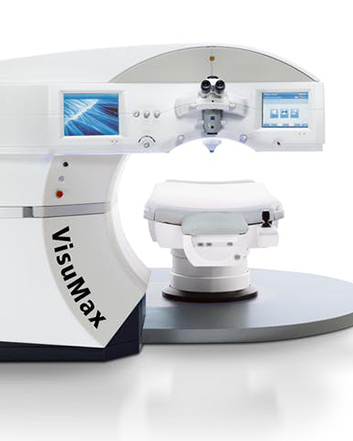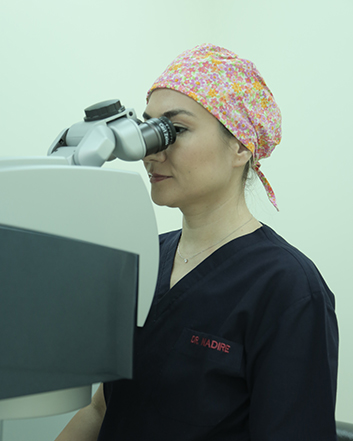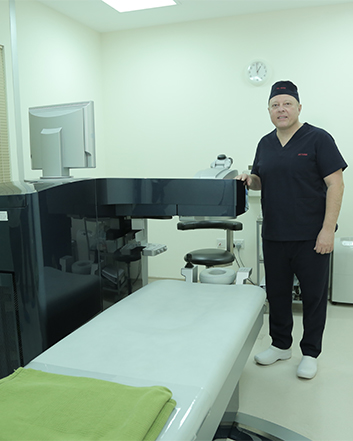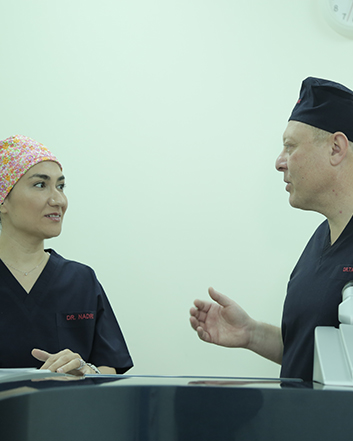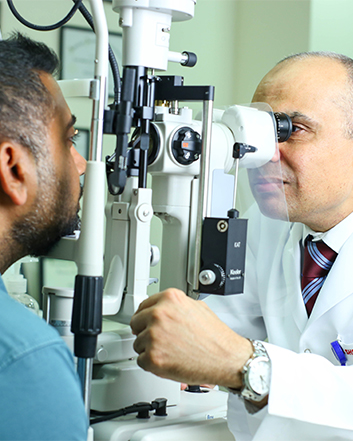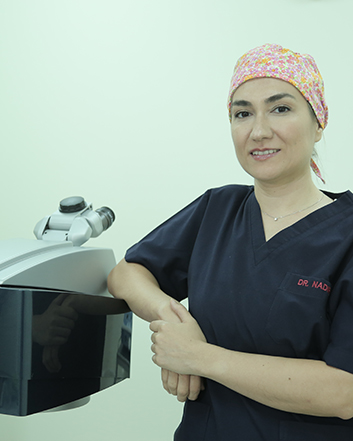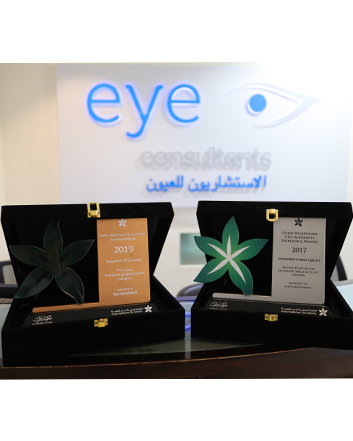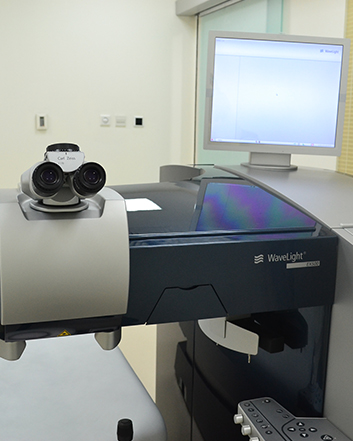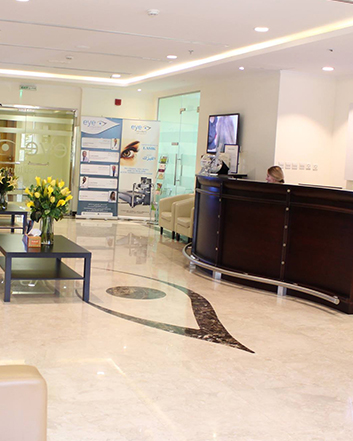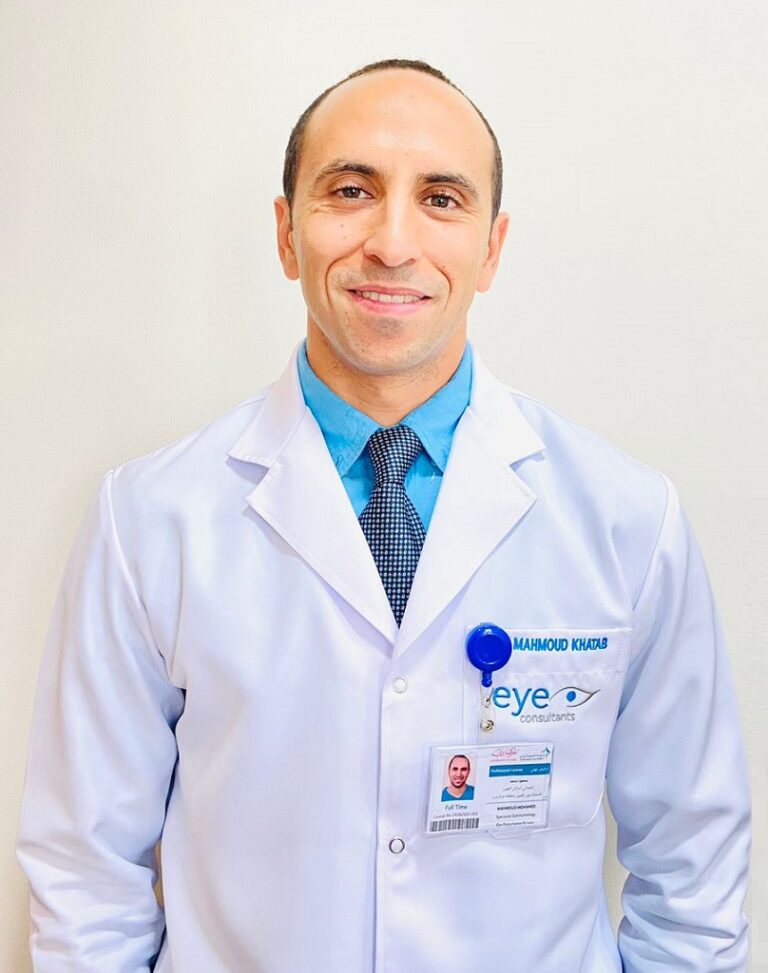Al Razi Bldg No. 64, Block C, 1st Floor, Unit 1017, Healthcare City, Dubai
Visit us
LASIK Surgery Services
Photorefractive Keratectomy (PRK)
Photorefractive Keratectomy (PRK)

What Is PRK?
Surgery on the eye Surface
PRK /LASEK is a popular type of laser eye surgery for the correction of refractive errors such as myopia (nearsightedness), hyperopia (farsightedness) and astigmatism. Better Vision explains all you need to know about this option.
PRK Surgery Benefits:
PRK procedure offers some advantages in comparison to other treatment options:
- Increased eligibility: This procedure can also be suitable for thinner corneas. PRK/LASEK only removes the very top outer layer of the eye leaving the maximum amount of remaining tissue for the laser to shape.
- No flap complications: Possibilities of flap-related complications during and after surgery are eliminated with PRK/LASEK, and there is no risk of flap displacement
What Is TransPRK?
Transepithelial Photorefractive Keratectomy, or TransPRK is the surface treatment where the eye doesn’t require contact with any surgical instrument. Due to smaller laser surface area, patients who have TransPRK benefit from a quicker recovery time and ultimately achieve outstanding results.
What Is TransPRK?
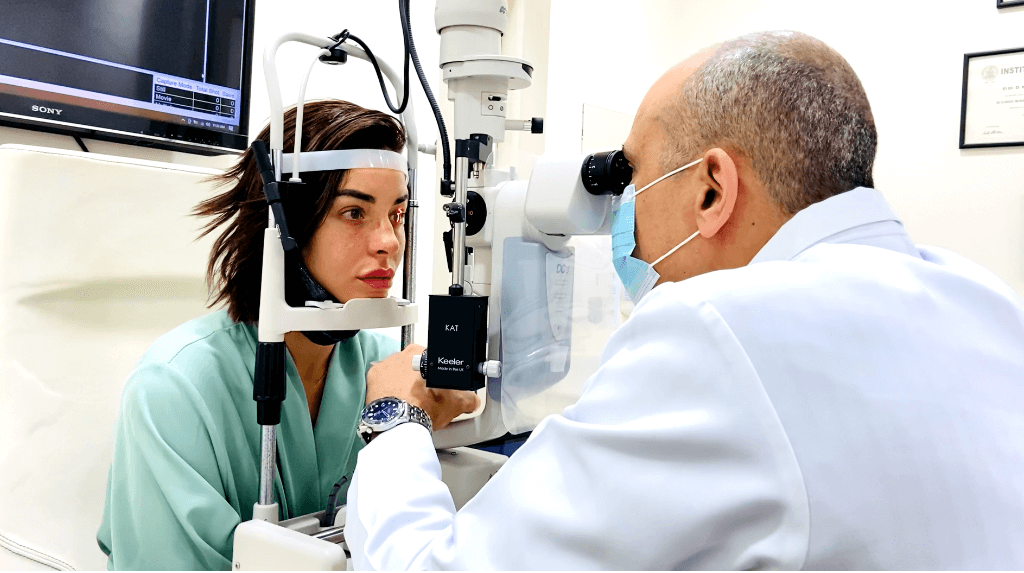
TransPRK is a new one-step, incision-free procedure. Using the laser, the epithelium (the regenerative outer surface of the eye) is gently removed and the cornea precisely reshaped. The procedure enables the contour of the cornea to be reshaped in less than one minute. Unlike LASIK, there is no incision or flap created in the cornea with TransPRK.
Benefits Of TransPRK:
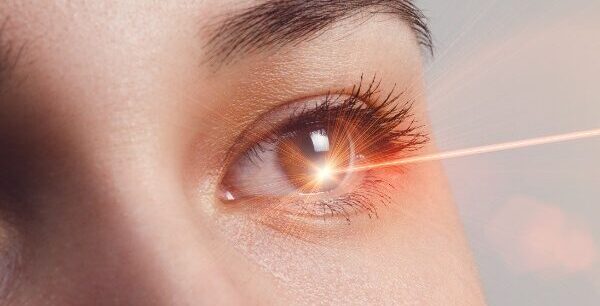
Benefits Of TransPRK:
- No touch – all laser
- It removes the epithelium more precisely and easily than in PRK
- The corneal surface laser treated is smaller so it heals quicker
- Overall treatment time is shortened than PRK
- It minimizes the risks of corneal dehydration than PRK
Preparing For Surgery
Before the surgery patients are usually directed by their doctor to:
- Stop wearing hard contact lenses for at least four weeks and soft lenses for two weeks before surgery, because they may interfere with preoperative diagnostic tests.
- Don’t make-up, perfume or lotion the day before and on the day of the procedure. These products may leave debris around the eye and eyelashes, which increases the chance of infection.
- Arrange for alternative transportation directly after the surgery and possibly for the next few days following surgery.
Lasik Behind the Scenes
How is it actually done? Here is a small display of a patient that has been hesitant to do Lasik for years.
Answers to the most frequently asked questions about Lasik surgery
Related Doctors
Consultant Ophthalmologist
Cornea And Refractive Surgeon
Consultant Ophthalmologist
Cornea, Refractive And Anterior Segment Surgeon
Specialist Ophthalmologist
Head Of Pediatric Ophthalmology & Strabismus Unit
Specialist Ophthalmologist
Oculoplasty And Orbit Surgeon
Wonderful experience with (eye consultants). Dr. (AHMED EL KHASHAB) and Dr. MOHAMED AWADALLA are wonderful surgeons, and the staff was always helpful and kind. They ensured I had a smooth prep, surgery, and follow-up. I am so glad I chose (Eye Consultants) and would highly recommend to anyone.
I have been able to discard my glasses after 50+ years! Dr Ahmed El Khashab was very kind, professional & patient. Efat & Stephanie at the reception were awesome. I would recommend Eye Consultants at Dubai Healthcare City for all your eye challenges. They will be honest & straightforward about what can be done & they will deliver.
The number one medical center for eyes in Dubai, the most professional experts in ophthalmology. I have done two procedures in the same eye and I am very pleased with the results; a big thank you to Dr. Ahmed El Khashab and Dr. Shérif Emerah.
I loved being in this establishment, the staff is super carrying and processional and Doctor Sherif was excellent from the consultation to the surgery day.
Dear Eye Consultants, Thank you very much for providing Ultra Lasik service. Everything was at a high level. Special thanks to Dr. Rajaa and Dr. Sherif, they are great professionals, everything was very very cool. 1 week have passed since I corrected my vision and already two friends want to come to you. Many thanks and Best regards, Muhammad M.
I have been using eyeglasses for a decade now, and finally decided to do UltraLasik at Eye Consultants. I called them to book an appointment and everything went smooth from initial test to post-op follow up. Thank you very much to Dr. Sherif Emerah and team for making this possible! It feels so amazing to see everything clear! Best decision I've made.
Dr. Nadire Erdogan is one of the best eye doctors I ever met. She literally saved my eyes and career. Super professional team overall. I strongly recommend this clinic in Dubai Healthcare City.
Very satisfied with Eye consultant team and specially Dr Nadire Erdogan Dib, she is very professional and informative she took time to examine my eyes and explained very well about my condition. I had pterygium surgery and now I am extremely happy with the outcome. My vision has significantly improved. She is the best doctor. I would like to say thank her and highly recommend this clinic to everyone.
I had my cataract surgery and lens implantation with Eye Consultants Clinic. What a beautiful experience! All the staff were very kind, helpful, and competent. Special thanks to the clinic manager for being so accommodating and caring in all of my inquiries. Thank you, Dr. Mohamed Awadalla for your dedication and for being best at what you do. Overall, I highly recommend Eye Consultants, they made sure that I get the best treatment possible.
Thank you so much Dr. Sherif! I can see clearly now. This really made a difference. And thank you to all the nurses and receptionist who are very much accommodating, helpful and respectful. Job well done. Will surely recommend to my friends. 😊
